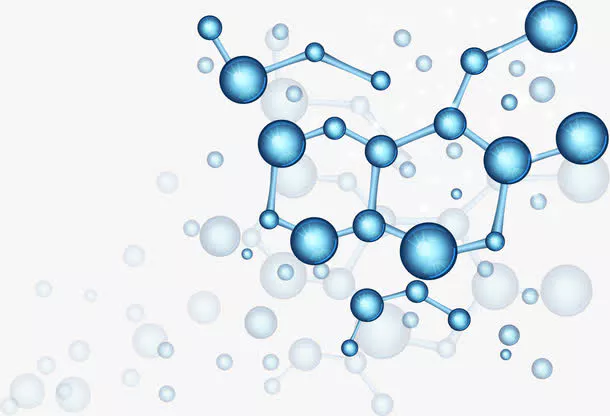



Business Inquiry
Global:
Email:marketing@medicilon.com
+1(781)535-1428(U.S.)
0044 7790 816 954 (Europe)
China:
Email: marketing@medicilon.com.cn
Tel: +86 (21) 5859-1500



Enhanced interrogation is coming to molecular structure studies in the form of MOFs, or metal-organic frameworks. These sturdy crystalline networks hold uncooperative molecules still while they are doused with X-rays. Sounds harsh. But resorting to MOFs doesn’t stretch, distort, or break molecules. It merely keeps them still for analysis by means of X-ray crystallography or nuclear magnetic resonance spectroscopy.

Early creation of MOFs began by trapping fairly small molecules in crystalline voids. Then, over time, MOFs began to be constructed with larger voids, the better to accommodate larger, more “high-value,” molecules. And now, thanks to innovations developed at the Department of Energy’s Lawrence Berkeley National Laboratory, MOFs could become even more useful. They could help to reveal new structural details for a range of challenging molecules, including complex chemical compounds and, potentially, new drugs.
The Berkeley Lab researchers presented their work August 18 in the journal Science, in an article entitled, “Coordinative Alignment of Molecules in Chiral Metal-Organic Frameworks.” The article describes how the researchers used a chiral MOF, MOF-520, to coordinatively bind and align molecules of varying size, complexity, and functionality.
“The reduced motional degrees of freedom obtained with this coordinative alignment method allowed the structures of molecules to be determined by single-crystal x-ray diffraction techniques,” wrote the article’s authors. “The chirality of the MOF backbone also served as a reference in the structure solution for an unambiguous assignment of the absolute configuration of bound molecules.”
The MOFs used in the current study measured about 100 millionths of a meter across. They were identical and easy to manufacture in large numbers, and they provided a sort of backbone for the sample molecules that held them still for the X-ray studies—the molecules otherwise can be wobbly and difficult to stabilize. The researchers prepared the samples by dipping the MOFs into solutions containing different molecular mixes and then heating them until they crystallized.
“We wanted to demonstrate that any of these molecules, no matter how complex, can be incorporated and their structure determined inside the MOFs,” said Omar Yaghi, Ph.D., a materials scientist at Berkeley Lab and chemistry professor at UC Berkeley who led the research.
The MOFs also possess a particular handedness known as chirality—like a left-handed person vs. a right-handed person—that selectively binds with molecular samples that also possess this handedness. The difference in a molecule’s handedness is particularly important for pharmaceuticals, as it can mean the difference between a medicine and a poison.
“Sixteen molecules representing four common functional groups (primary alcohol, phenol, vicinal diol, and carboxylic acid), ranging in complexity from methanol to plant hormones (gibberellins, containing eight stereocenters), were crystallized and had their precise structure determined,” the article’s authors reported. “We distinguished single and double bonds in gibberellins, and we enantioselectively crystallized racemic jasmonic acid, whose absolute configuration had only been inferred from derivatives.”
Importantly, the MOFs in the latest study did not appear to distort the natural, intact structure of the molecules. The researchers asserted that with their method it is possible to determine the complete 3D structure of a molecule, even if the samples only fill about 30% of a MOF’s pores. Also, the metals in the MOF framework itself can actually serve to enhance the quality of the X-ray images. According to the researchers, in one case, the technique allowed two nearly identical plant hormones to be distinguished on the basis of the difference in a single atomic bond.
“To crystallize a molecule typically involves a trial-and-error method,” explained Dr. Yaghi. “Every chemist and biologist has to submit to this process. But in this MOF material you don’t need all that—it traps the molecule and orders it. It’s a way to bypass that trial-and-error approach to crystallography.”
 Relevant
news
Relevant
news